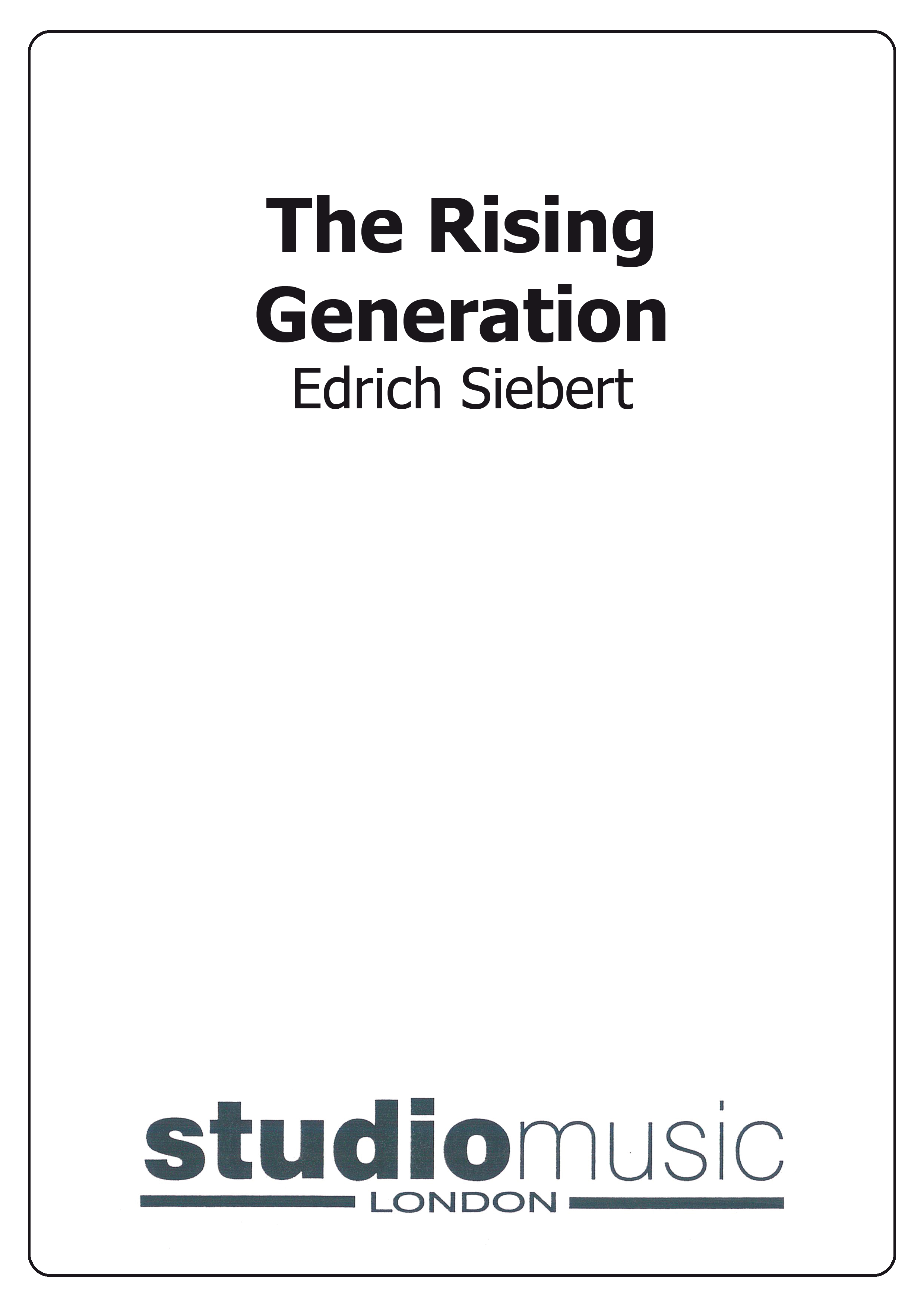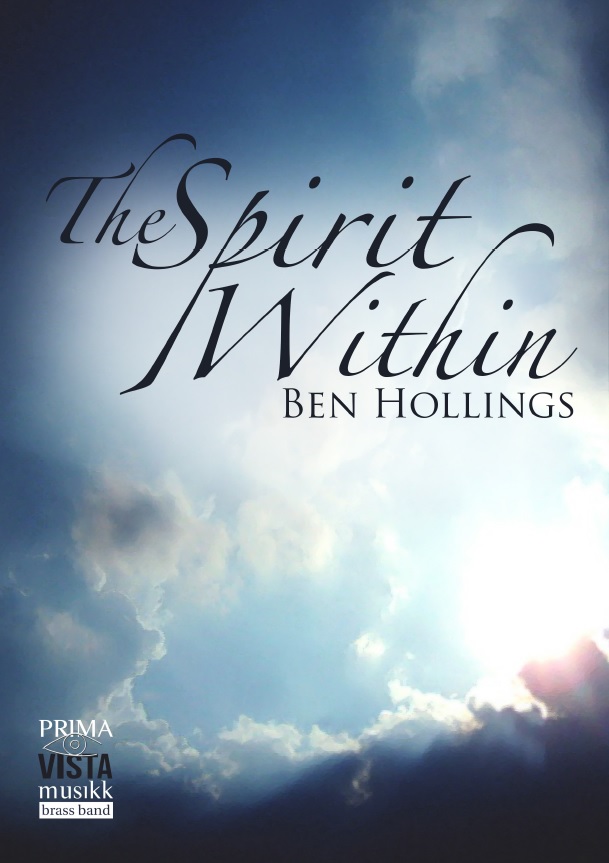Results
-
£24.95
The Messiah (Overture) (Score Only)
Estimated dispatch 7-14 working days
-
£37.95
The New Buckenham Suite (Score Only)
The New Buckenham Suite was commissioned to celebrate the centenary (1887-1987) of the New Buckenham Silver Band and was first performed by them and the GUS band on 20th June 1987, conducted by the composer. Each of the four movements suggests a place
Estimated dispatch 7-14 working days
-
£44.95
The New Jerusalem (Score Only)
Estimated dispatch 7-14 working days
-
£10.00
The Old Rugged Cross (Score Only)
This popular hymn tune is here arranged for euphonium solo with brass band accompaniment. A reflective arrangement that should be part of every euphonium player's repertoire.
Estimated dispatch 7-14 working days
-
 £24.95
£24.95The Rising Generation (Score Only)
Estimated dispatch 7-14 working days
-
£32.95
The Ruler of the Spirits (Overture) (Score Only)
Estimated dispatch 7-14 working days
-
£44.95
The Severn Suite (Score Only)
Estimated dispatch 7-14 working days
-
£32.95
The Shipbuilders (Score Only)
A wonderful original suite for brass band by Peter Yorke with great musical imagery. It is in four movements: Web of Steel; The Launching; All Hands at Work; Maiden Voyage.
Estimated dispatch 7-14 working days
-
 £14.95
£14.95The Spirit Within (Score Only)
The Spirit Within is meant to represent the human spirit and the capabilities of human emotion, which is portrayed by the harmony in the piece. The harmonic language is the focal point that plays on the relationship between major and minor chords, including lots of extended harmony and suspensions that encompass the main melody.The piece has the ability to show off the quality sound from a brass band whilst providing a thought provoking piece for the audience to enjoy.The Spirit Within is featured on the Grimethorpe Colliery Band CD, Grimthorpe Entertain.
Estimated dispatch 7-14 working days
-
£32.95
The Sword, Jewel and Mirror (Score Only)
The sword, jewel and mirror of the title refer to the three sacred treasures of Japan, which collectively make up the Imperial Regalia (san-shu no jingi). The san-shu no jingi are handed down from father to son in the Imperial Family, and are kept at s
Estimated dispatch 7-14 working days
